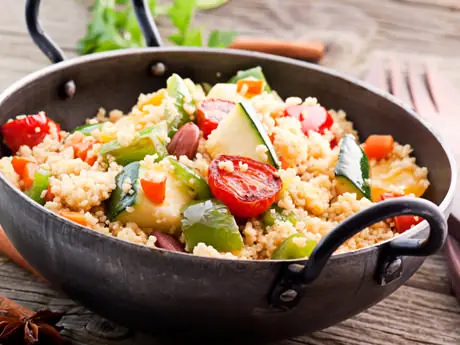
Vegetarianism isn't anything new, yet it seems to have hit the mainstream more recently, particularly among the endurance population.
Many runners have successfully followed—and performed well with—some type of vegetarian or vegan diet; and according to the position statement of the Academy of Nutrition and Dietetics on nutrition and athletic performance, a "well-planned vegetarian diet" is appropriate for athletes. So, how do you form a well-planned vegetarian diet?
First understand that there are several types of a vegetarian diet, and it's not necessary to conform to any specific kind. You need to decide what to include and exclude. But in general, here are some common types:
- Lacto-ovo vegetarians: Consume plant-based foods along with milk, milk products and eggs. Omit meat, fish and poultry.
-Pescatarians: Do not eat any meat or animal flesh with the exception of fish. May or may not eat milk, milk products and eggs.
- Flexetarians (semi-vegetarian): Consume a primarily plant-based diet but may occasionally eat small amounts of meat, fish or poultry.
- Vegans: Consume only plant-based foods. They do not eat any foods from animals including meat, fish, poultry, dairy and eggs.
More: Performing Strong as a Vegetarian Athlete
While it's entirely possible to consume a nutritionally adequate diet with any of the above eating patterns, there are some nutrients to be mindful of when omitting meat and/or other animal products from your diet.
Protein
The initial thought may be that plant-based diets are too low in protein. But, many athletes have no problem meeting protein needs using plant-based foods.
Best choices for vegetarian protein sources include legumes (beans and lentils), tofu, soy and soy products, quinoa, nuts and seeds. Some plant proteins like legumes and whole grains may be more difficult to digest than animal proteins. Therefore, strict vegetarians and vegans may consider increasing protein intake by 10 percent.
Aim to consume a protein-rich plant food at each meal and snack. Some meal and snack examples include: garbanzo beans on top of a salad, black beans and rice, tofu in stir-fry, mixed nuts and dried fruit, or soymilk with cereal and berries.
More: How to Pack in More Protein
Iron
Vegetarian athletes, women in particular, may be at a greater risk of developing iron deficiency than other athletes. Iron is a critical mineral for athletes because it's a key component in oxygen transport to the muscles during exercise. Low iron or iron deficiency anemia can result in poor athletic performance.
There are two forms of iron that people typically get in their diet: heme iron, which comes from animal sources, and non-heme iron, which comes from plant sources. While the human body can use both forms, the non-heme form is not as absorbable and needs a little nutritional help.
Iron absorption from plant foods is greatly increased when consumed alongside foods high in vitamins, such as: oranges, tomatoes, bell peppers, strawberries and leafy green vegetables (which double as a source of iron and vitamin C).
Other iron-rich plant foods include whole grains, legumes, nuts, seeds and dried fruit. If you take a calcium supplement, be sure to not take it within several hours of an iron-rich meal, as these two minerals can compete for absorption in the body.
- 1
- of
- 2
About the Author


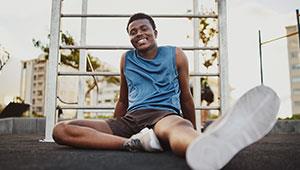

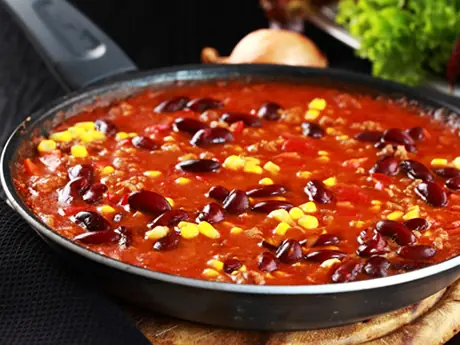
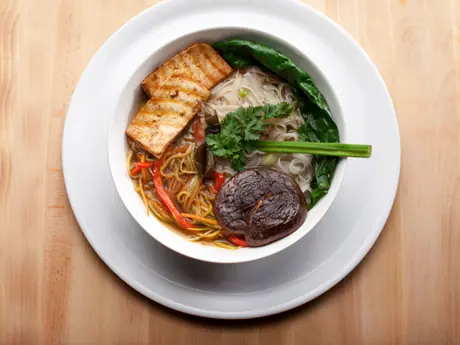
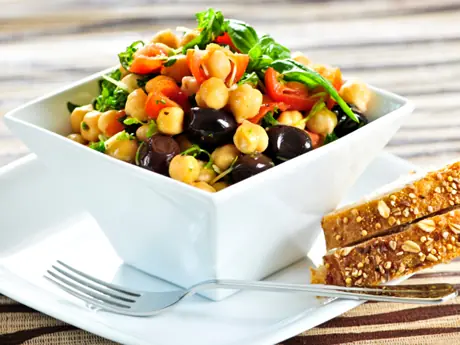
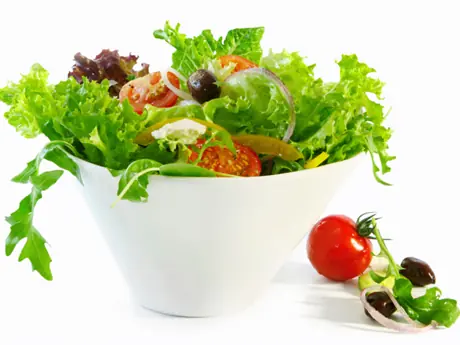
Discuss This Article